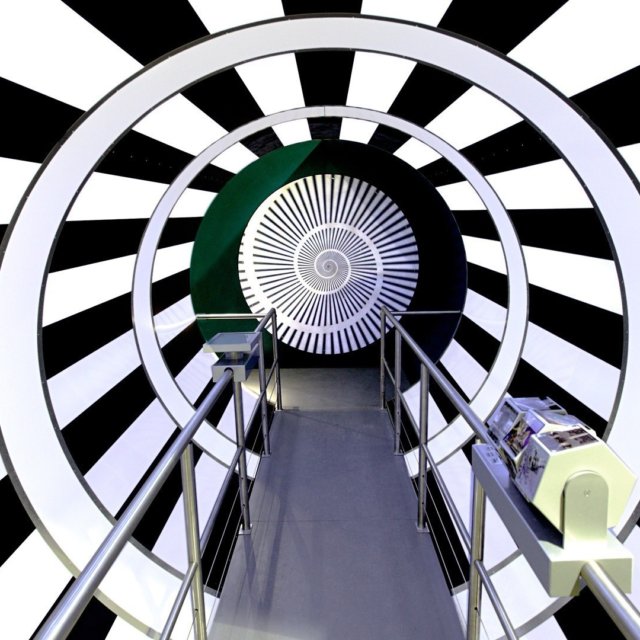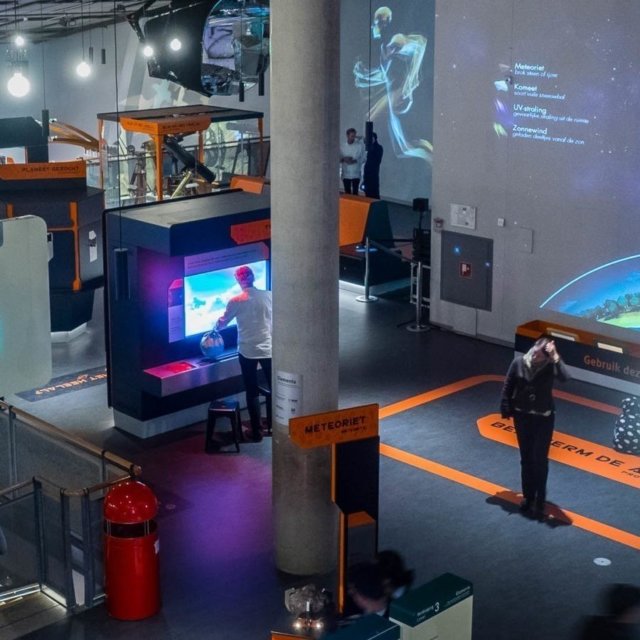

What are teenagers really into? Dancing? Drug effects? Having a dialogue with a robot? Discovering what disgusts you? See which parts of the brain are active during sex? Re: generation takes young adults on a journey through four rooms and 79 unusual exhibits to find out about themselves and the world they live in.
For the Copernicus Science Centre in Warsaw, Poland, Archimedes has created an interactive and participatory exhibition for 17 to 25-year-olds. In these formative years, young people are in search of their personality – trying to understand themselves and others, as well as to get a grip on the world. “Discover yourself!” is the message of Re: generation. It combines street art scenography with fun, scientific and thought-provoking exhibits.
The mere display of scientific facts and knowledge is not the aim of Re: generation. What the visitors discover is totally dependent on their individual interests and questions.
Each of them is asked to make its individual way through Re: generation – a personal journey of discovery through the cutting edge themes of science and research.
Client: Centrum Nauki Kopernik (Copernicus Science Centre) in Warsaw, Poland Exhibition Space: 1,090 m² Opening: 03/2011 Realisation Period: 07/2009 – 12/2010 Languages: Polish | English
More Information: www.kopernik.org.pl

When Felix raises his eyebrows or smiles with joy, the components of his robot head make a clicking noise. Not exactly a human sound; but the grin looks real and encourages the visitors to enter into emotional interaction with Felix. People have a tendency to assign natural traits like character, emotions and behaviour to inanimate objects. This is what the interactive exhibit Felix the Robot plays upon: on the one hand, the visitors see a pointedly technological construction; on the other hand, they perceive Felix’s facial expressions as ‘emotional behaviour’. They respond to him as if he were a person. An exciting back-and-forth between these two levels thus occurs in their perception as Felix can express the most important emotions people interact with in real time: joy, grief, anger and surprise.



